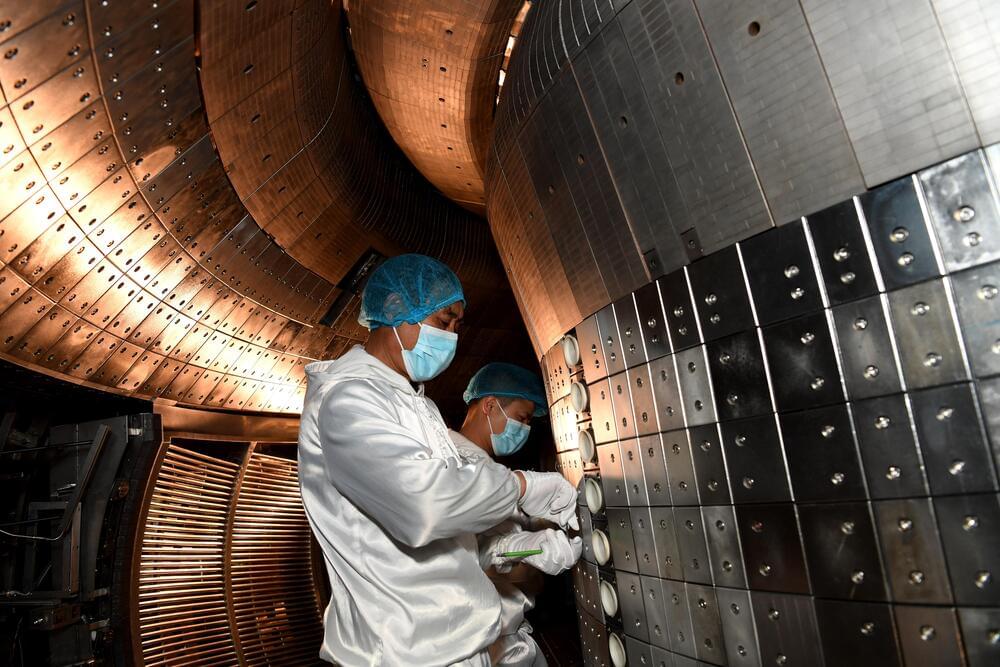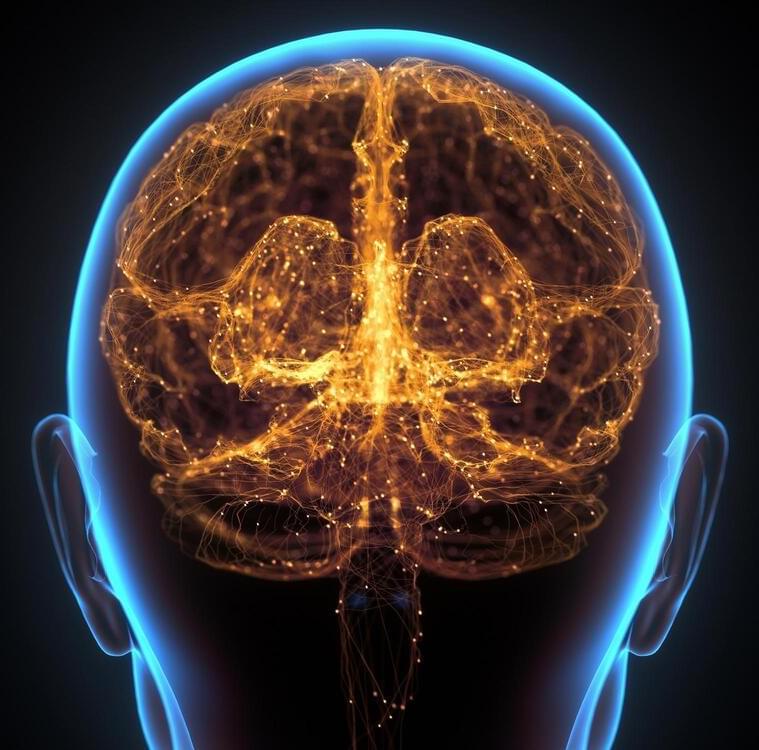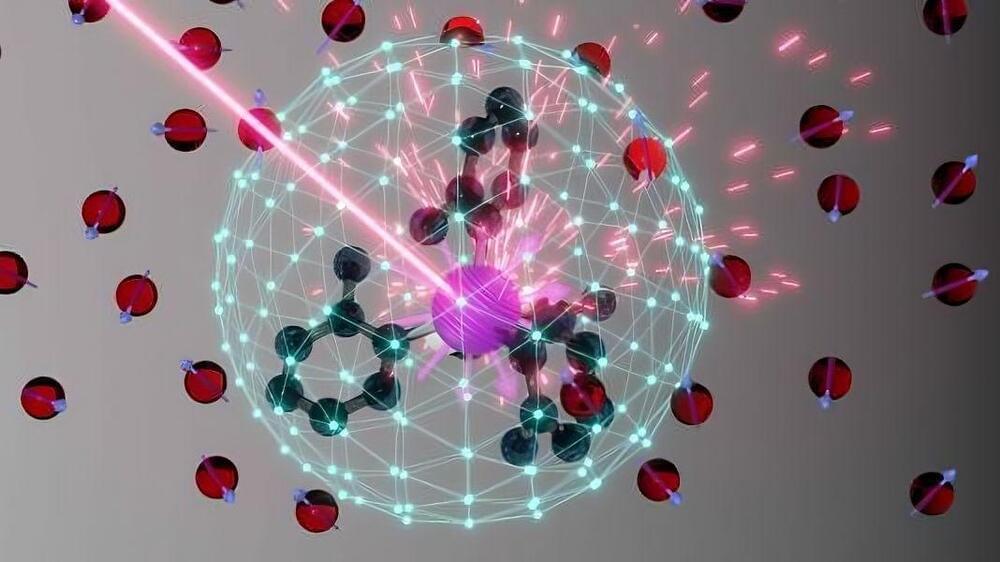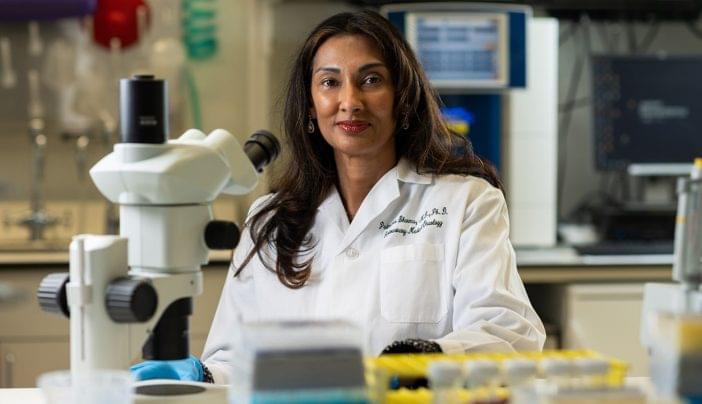That meteor, now known as 2022 WJ1, was first noticed by the Catalina Sky Survey at around midnight Eastern on that date (the time zone in which it ended up landing). Catalina is one of the most prolific discoverers of asteroids and is a crucial link in the planetary defense chain. A NASA press release details the steps that come afterward that result in a successful landing prediction.
The 2022 WJ1 was pretty small, only about one meter wide, and posed no actual threat to anyone or anything on the ground. But the planetary defense network is designed to catch much bigger potential threats. The fact that it reacted with such speed shows that it is becoming more and more capable and will be much more likely to find any potentially devastating events, such as the Chelyabinsk meteor in 2013, which caused 1,400 injuries and around $33 million in property damage.






